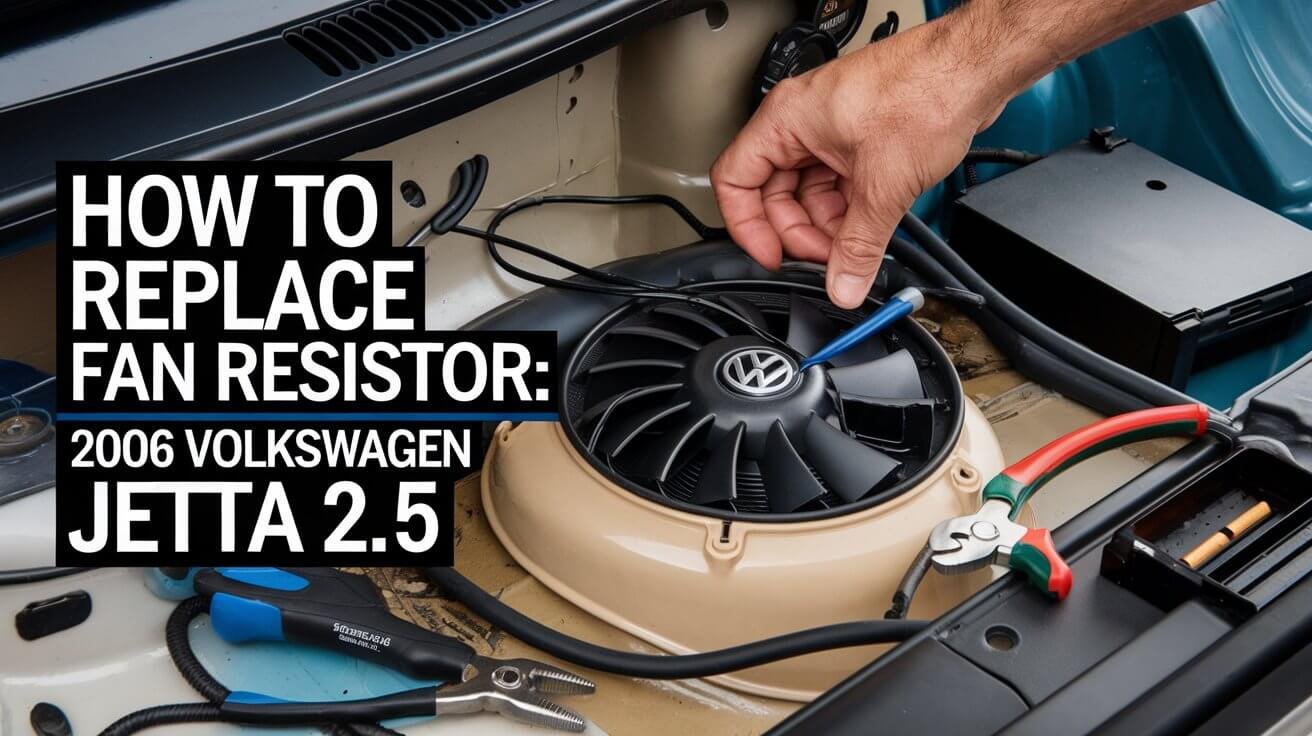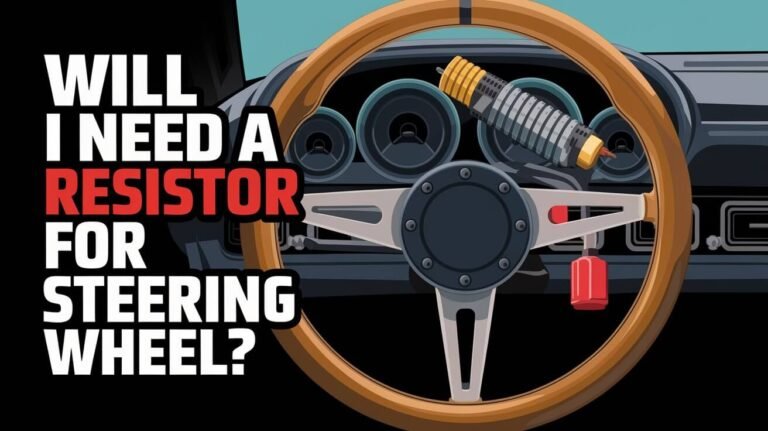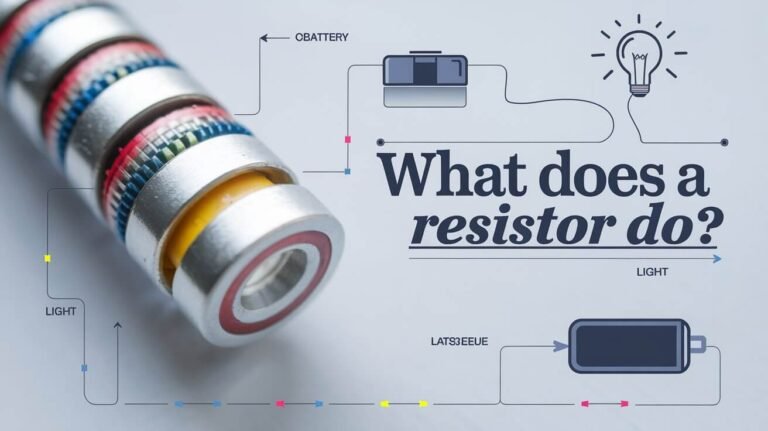
Replacing the fan resistor in your 2006 Volkswagen Jetta 2.5 is key for a good heating and cooling system. A bad fan resistor can make the blower motor not work right. This can make driving uncomfortable. We’ll show you how to replace the fan resistor easily.
The 2006 Volkswagen Jetta 2.5 comes in 14 different versions, each with its own engine and year. It’s important to have a trusted guide for maintenance and repairs. Many owners of this model face fan resistor issues. We’re here to help you fix it, whether you’re a DIY expert or new to car care.
Required Tools and Safety Equipment
To replace the fan resistor in your 2006 Volkswagen Jetta 2.5, you’ll need the right tools and safety gear. This ensures a safe and efficient process. A well-prepared workspace is key to prevent accidents and damage to your vehicle.
A clean workspace can lower accident risks by up to 15% in car repairs. High-quality safety equipment can cut long-term repair costs by 30% for car shops.
Essential Tools List
- Socket set
- Torque wrench
- Pliers and screwdrivers
- Wire cutters and strippers
Safety Gear Requirements
Proper safety gear is vital to avoid injuries. You’ll need gloves, safety glasses, and a face mask. Following safety rules and using the right tools can cut replacement time by 35%.
Workspace Preparation
A clean and organized workspace is essential for safety and efficiency. You’ll need a stable work surface, good lighting, and a vice. Modern safety tools and equipment can reduce workplace injuries by 45% for car technicians.
| Tool | Purpose |
|---|---|
| Socket set | Removing bolts and nuts |
| Torque wrench | Applying precise torque |
| Pliers and screwdrivers | Gripping and turning small components |
Fan Resistor Location in Your Jetta
To find the fan resistor in your 2006 Volkswagen Jetta 2.5, check the fuse and relay diagram. It’s near the blower motor parts. This diagram, in Overview_of_fuses_and_relay_locations.pdf, shows where everything is.
Here’s how to do it:
- Look at the fuse and relay diagram to find the fan resistor.
- Find the blower motor parts, as the fan resistor is close to them.
- Notice any other parts or wires around the fan resistor. This helps you avoid problems when replacing it.
Remember these important points when looking for the fan resistor:
- The fan resistor is key to the blower motor system.
- It’s in a spot that’s easy to get to, making replacement simpler.
- Be gentle with the fan resistor and nearby parts to avoid damage.
| Component | Location |
|---|---|
| Fan Resistor | Near blower motor components |
| Blower Motor | Under the dashboard |
Following these steps and using the fuse and relay diagram, you can find the fan resistor in your Jetta easily. Be careful with the parts and watch out for any wires or components around it. This will help you replace it smoothly.
Signs of a Failed Fan Resistor
A failed fan resistor can really mess up your car’s climate control. It’s key to know the signs of a problem. Look out for fan speeds that don’t stay the same, a fan that won’t work, or one that runs too fast all the time.
When you’re checking for fan issues, look at the electrical system near the heater blower motor resistor. Things like too much heat, corrosion, or too much electrical current can damage the resistor.
Common Symptoms
Here are some common signs of a bad fan resistor:
- The fan not working at all
- Functioning only on certain speeds
- Running constantly at high speed
- Emitting smoke or a burning smell from the vents
Diagnostic Steps
For a proper diagnosis, get a pro to check the electrical system. This can pinpoint the problem and might save you money by fixing only what’s broken. Spotting the signs of a bad fan resistor and fixing fan issues keeps your car’s climate control working right.
| Symptom | Possible Cause |
|---|---|
| Fan not working | Failed fan resistor or faulty electrical connection |
| Fan running constantly | Stuck or faulty fan resistor |
Preparing Your Vehicle for Repair
To make sure repairs go smoothly, it’s key to follow a pre-repair checklist for your 2006 Volkswagen Jetta. Start by disconnecting the battery. This stops the car from starting up by accident or getting an electrical shock. Getting your Jetta ready for maintenance is important here. It helps spot any problems that might come up during the fix.
Then, take out the glove box to see the blower motor area. This lets you see the fan resistor and other parts around it. Make sure to note any wires or connections that could be changed during the fix. A detailed pre-repair checklist keeps you organized and makes sure you don’t miss any steps.
Here are some important steps for your pre-repair checklist:
- Disconnect the battery
- Remove the glove box
- Access the blower motor area
- Inspect wiring and connections
Doing these steps and focusing on Jetta maintenance, you’re ready for a successful fan resistor replacement. Stay focused and avoid distractions to keep the repair going smoothly. With a clear checklist, you’ll feel confident and efficient in your work.
| Step | Description |
|---|---|
| 1 | Disconnect the battery to prevent accidental starts or electrical shocks |
| 2 | Remove the glove box to access the blower motor area |
| 3 | Inspect wiring and connections to identify any issues |
How To Replace Fan Resistor 2006 Volkswagen Jetta 2.5
To replace the fan resistor, start by finding it near the blower motor. The process can seem complex, but with the right steps, you can do it.
Here are the general steps to follow:
- Remove the trim and screws to access the blower motor and resistor
- Disconnect the electrical connector from the resistor
- Remove the resistor from its mounting bracket
- Clean the housing and surrounding area to ensure proper installation of the new resistor
- Install the new resistor, making sure it’s securely mounted and connected
Always check your vehicle’s repair manual or a trusted online source for detailed instructions. By following these steps carefully, you can fix your Jetta’s heating and cooling system.
| Component | Malfunction Status |
|---|---|
| ABS Brakes | 1 |
| Central Elect. | 1 |
| Door Elect, Driver | 1 |
| Steering Assist | 1 |
| Central Conv. | 1 |
Testing the New Resistor
To check if the new resistor works, you need to do a fan resistor test. This test shows if the fix was done right. First, turn on the ignition and see if the blower motor works. If it does, then check the Jetta blower motor to make sure it’s okay.
You can also do a bench test to see if the resistor is good. This test connects the resistor to power and checks its resistance. If the resistance is right, the resistor is probably working. You can also use a multimeter to check for damage.
Some important things to remember during testing are:
- Make sure the blower motor works at different speeds
- Listen for any strange noises or vibrations
- Double-check that the resistor is connected right to the blower motor and other parts
Following these steps and doing a detailed fan resistor test and Jetta blower motor check, you can be sure the new resistor is working right. And you’ll know the repair was a success.
Common Installation Mistakes
Replacing the fan resistor in a 2006 Volkswagen Jetta 2.5 can be tricky. Knowing common mistakes helps avoid problems with the cooling system. Troubleshooting Jetta blower issues can be tough, but avoiding these errors can make it easier.
Wiring problems often cause fan malfunctions. The Thermo Switch has three wires: one for power-in, one for power-out to the fans, and one to the FCM. Making sure these wires are connected right is key to avoiding errors. Also, the high speed fan circuits use 4.0mm wires from the FCM, and Fuse 164, 40amp, powers a 6.0mm wire to the FCM for fan speed.
Connection Problems
During installation, connection issues can pop up. The Ambient Temp Sensor is found below the left corner of the windshield. The AC switch’s circuit goes to the FCM to turn on all parts. It’s important to check the circuit when the fan on the dash is on and the AC button is pressed. This helps spot any connection problems and avoid blower issues.
To avoid mistakes, it’s vital to follow the right installation steps and double-check connections. Knowing these common pitfalls helps ensure a smooth fan resistor replacement. This way, you can prevent cooling system problems.
| Component | Wire Size | Description |
|---|---|---|
| Thermo Switch | 2.5mm, 1.0mm | Power-in, power-out to fans, and wire to FCM |
| High Speed Fan Circuits | 4.0mm | From FCM to fans |
| Fuse 164 | 6.0mm | Powers FCM for high speed fans |
Maintenance Tips for Extended Resistor Life
To get the most out of your new fan resistor, following some practical maintenance tips is key. Regular cleaning and proper usage habits can extend the life of the resistor and the entire Jetta blower system. For example, keeping the fan resistor free from dust and debris can prevent overheating and damage.
Here are some tips to help you maintain your fan resistor:
- Check the resistor regularly for signs of wear and tear
- Keep the area around the resistor clean and clear of debris
- Avoid overloading the blower system, as this can put excessive strain on the resistor
Following these simple tips, you can extend the life of your fan resistor. This ensures your Jetta blower system care runs smoothly. Regular maintenance can also prevent issues like reduced airflow or system failure. Always check your vehicle’s manual for specific maintenance instructions and guidelines for your model.
| Maintenance Task | Frequency | Importance |
|---|---|---|
| Check resistor for signs of wear | Every 6 months | High |
| Clean area around resistor | Every 3 months | Medium |
| Inspect blower system for damage | Every 12 months | High |
Prioritizing fan resistor maintenance and Jetta blower system care, you ensure your vehicle’s heating and cooling system works well. This can prevent costly repairs and keep your vehicle running smoothly for years.
Troubleshooting After Installation
After installing a new fan resistor in your 2006 Volkswagen Jetta 2.5, it’s key to do some checks. This makes sure the fan system works right. You’ll need to see if everything is running smoothly.
First, use a test light to check the connections. This is important to make sure they’re good. Then, turn on the ignition and listen to the fan. It should sound normal and not vibrate too much.
Performance Checks
Here are some steps to check if the system is working right:
- Make sure the fan turns on and off as it should
- Check the fan’s speed to see if it’s in the right range
- Listen for any odd noises or vibrations
Error Codes
If the system isn’t working right, look for error codes with a code reader. This will show you any problems with the fan system. Some common errors include:
| Error Code | Description |
|---|---|
| P0480 | Fan control circuit malfunction |
| P0481 | Fan performance malfunction |
Doing these checks, you can find and fix any problems with your Jetta’s fan system. This ensures it works well and efficiently.
Conclusion
Replacing the fan resistor in your 2006 Volkswagen Jetta 2.5, you’ve learned a lot. This DIY project saves you money and lets you take care of your car. With the right tools and a guide, you showed you can handle tough repairs.
Keeping your Jetta’s cooling system in check is key for its health and performance. Watching the fan resistor and fixing problems quickly helps your car stay in good shape. This way, you avoid expensive repairs and keep your Jetta running well for a long time.
Whether you’re experienced with DIY repairs or new to them, feeling accomplished after this project is great. You now know more about your car and can do more repairs yourself. This saves you time and money and helps you understand your vehicle better.
Most Asked Questions
What is the importance of a functioning fan resistor in a 2006 Volkswagen Jetta 2.5?
The fan resistor controls the blower motor’s speed. This is key for air flow in the vehicle’s HVAC system. A working fan resistor ensures air flows well, keeping the Jetta comfortable.
What tools are needed to replace the fan resistor in a 2006 Volkswagen Jetta 2.5?
You’ll need metric sockets, wrenches, screwdrivers, pliers, and a test light. A dashboard removal tool might also be needed to reach the blower motor.
Where is the fan resistor located in a 2006 Volkswagen Jetta 2.5?
The fan resistor is behind the glove box, near the blower motor. Check the fuse and relay diagram to find it in your car.
What are the common signs of a failed fan resistor in a 2006 Volkswagen Jetta 2.5?
Signs include fan speeds that don’t change or the blower motor not working. It might also turn on and off randomly.
How do I prepare my 2006 Volkswagen Jetta 2.5 for the fan resistor replacement?
Start by disconnecting the battery and removing the glove box. This lets you safely work on the blower motor area.
What are the steps to replace the fan resistor in a 2006 Volkswagen Jetta 2.5?
Remove the old resistor, clean the housing, and install the new one. Follow the instructions carefully for a successful replacement.
How do I test the new fan resistor after installation in my 2006 Volkswagen Jetta 2.5?
Use a test light to check the blower motor’s voltage and speed. This confirms the new resistor works right.
What are some common mistakes to avoid when replacing the fan resistor in a 2006 Volkswagen Jetta 2.5?
Avoid wiring mistakes like wrong connections. Make sure all connections are secure to prevent problems later.
How can I maintain the new fan resistor to extend its lifespan in my 2006 Volkswagen Jetta 2.5?
Clean the blower motor housing often. Avoid overusing the HVAC system. Check the resistor’s connections now and then. These steps can help the new resistor last longer.
What should I do if I encounter issues after replacing the fan resistor in my 2006 Volkswagen Jetta 2.5?
If problems arise, like poor performance or error codes, troubleshoot. Use a test light to check the blower motor. Look for error codes to find and fix the issue.




